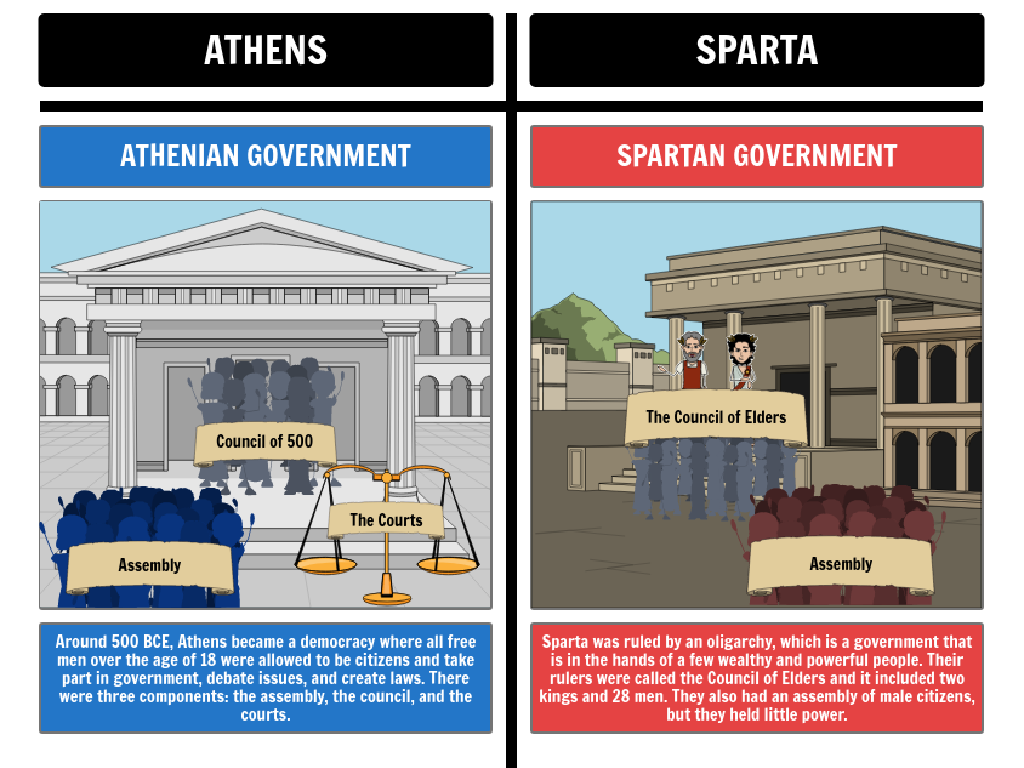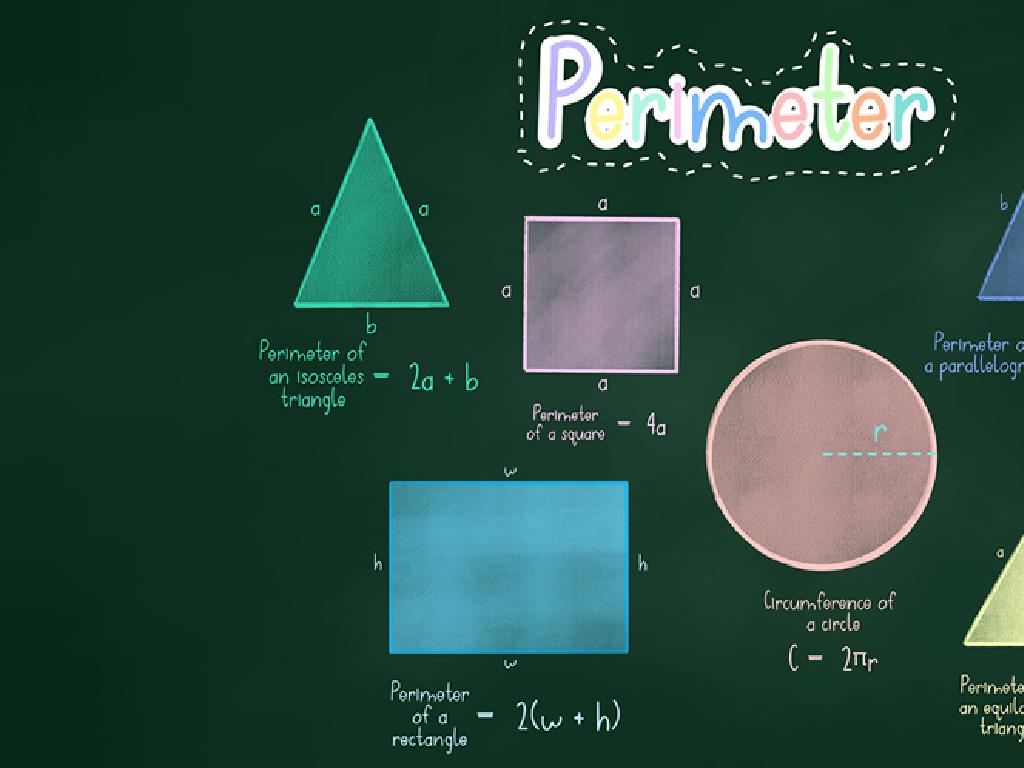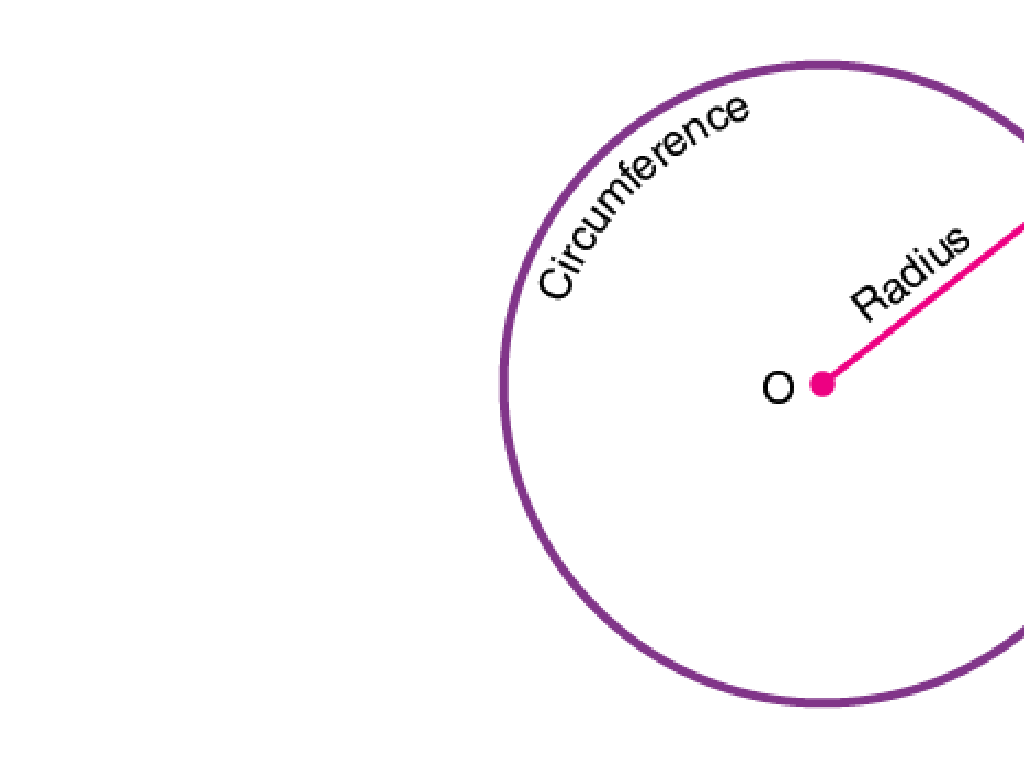Benefits Of Group Behavior: Leaf-Cutter Ants
Subject: Science
Grade: Third grade
Topic: Animals
Please LOG IN to download the presentation. Access is available to registered users only.
View More Content
Teamwork in Nature: Leaf-Cutter Ants
– Meet the leaf-cutter ants
– Tiny insects with big teamwork skills
– What is group behavior?
– Animals often work in groups to survive
– Benefits of working together
– More food, protection, and efficiency
– Examples from leaf-cutter ants
– Ants cut leaves to farm fungus for food
|
This slide introduces students to the fascinating world of leaf-cutter ants and the concept of group behavior in animals. Leaf-cutter ants are a great example of how working in a group can be beneficial. They work together to cut leaves and carry them back to their nest, which they use to grow fungus for food. This cooperative behavior leads to more efficient food production, better protection from predators, and overall survival of the colony. Encourage students to think of other animals that work in groups and discuss the advantages of such behavior. This will help them understand the importance of teamwork and cooperation, not just in nature, but in their own lives as well.
Exploring Leaf-Cutter Ants
– What are leaf-cutter ants?
– A type of insect that lives in large groups
– Known for cutting and carrying leaves
– They use the leaves to grow fungus for food
– Each ant has a special job
– Like farmers, soldiers, and queen ants
– Let’s learn about their colony roles
– Understanding their teamwork helps us learn about group behavior
|
Leaf-cutter ants are fascinating creatures that work together in a highly organized society. Each ant has a specific role, which contributes to the survival of their colony. They cut leaves not for eating directly, but to cultivate fungus, which is their primary food source. This behavior is an excellent example of group cooperation and division of labor, which are key concepts in understanding the benefits of group behavior in animals. Encourage the students to think of other examples where teamwork is essential, and relate it to human society. Discuss the different roles within the ant colony and how each is important for the group’s success.
Teamwork in Leaf-Cutter Ant Colonies
– The Queen Ant’s role
– She is the mother and leader of the colony.
– Worker Ants’ responsibilities
– Some cut leaves, others care for young or guard the nest.
– Teamwork in ant survival
– Working together is key to the colony’s success.
– Benefits of group behavior
|
This slide introduces students to the structured social system of leaf-cutter ants, emphasizing the importance of each member’s role and how teamwork is essential for their survival. The queen ant is the central figure of the colony, laying eggs and ensuring the continuation of the colony. Worker ants are divided into different roles, each critical to the colony’s functioning, from foraging and leaf-cutting to caring for the young and defending the nest. Highlight how the division of labor and cooperative behavior among ants provide advantages, such as efficiency in gathering food and protecting their community. Encourage students to think of ways humans also work together in groups to achieve common goals.
Why Do Leaf-Cutter Ants Cut Leaves?
– Leaves aren’t ant food
– Leaves are for growing fungus
– They carry leaves to their nest to grow fungus gardens
– Ants farm fungus for food
– Just like humans grow plants, ants grow fungus
– Ants are like tiny farmers
|
This slide explains the unique behavior of leaf-cutter ants, which cut leaves not to eat them, but to use them as a resource to grow fungus, their actual source of food. It’s important to highlight that the ants do not consume the leaves directly. Instead, they use the leaves to cultivate fungus gardens inside their nests, which is a form of agriculture. By drawing parallels between ant behavior and human farming, students can better understand the concept of agriculture and symbiotic relationships in nature. Encourage the students to think of other examples where animals use resources in their environment to help them survive, just like humans do.
Teamwork in Leaf-Cutter Ants
– Ants collect leaves faster together
– Like a big clean-up crew, ants gather leaves quicker as a team.
– Working together keeps ants safe
– Buddy system! Ants look out for each other to avoid predators.
– Every ant has a job to do
– From cutter to carrier, each ant’s job helps the colony thrive.
– Teamwork means more food for all
– More leaves mean more food; it’s like a big ant feast!
|
This slide highlights the benefits of group behavior in leaf-cutter ants, emphasizing the efficiency and safety that come from teamwork. Explain how ants working together can gather leaves much faster than if they worked alone, which is similar to how students can complete a class project more quickly when they work in groups. Discuss how ants protect each other from predators, making an analogy to how friends can help keep each other safe. Illustrate the division of labor within the ant colony, where each ant has a specific role, akin to different jobs people do in a community. Finally, explain that because of their teamwork, leaf-cutter ants can grow more fungus (their food) from the collected leaves, ensuring that the entire colony is well-fed. Encourage students to think of times when they have worked together with others to achieve a goal more effectively.
Teamwork in Nature: Comparing Group Behaviors
– Bees working together in a hive
– Bees cooperate to make honey and protect their queen
– Wolves hunting as a pack
– Wolves team up to hunt and take care of pups
– Fish swimming in schools
– Fish stay together to protect themselves from predators
– Comparing to leaf-cutter ants
– How are these similar or different from ants cutting leaves?
|
This slide aims to show students how different animals exhibit group behavior for survival and efficiency, similar to leaf-cutter ants. Bees collaborate in a hive to produce honey and safeguard their queen, demonstrating division of labor. Wolves in a pack work together to hunt more effectively and care for their young, showing the importance of teamwork. Fish swim in schools to create safety in numbers against predators, illustrating collective defense strategies. Encourage students to think about how these examples compare to leaf-cutter ants, who work together to gather leaves and grow fungus for food. Discuss the benefits of working in groups and how it can be a successful strategy in the animal kingdom.
Class Activity: Ant Colony Role-Play
– Create an ant colony in class
– Assign roles: queen, worker, soldier
– Simulate leaf-cutting and transport
– Use props to act out how ants work together
– Understand ant teamwork
– See how each ant’s job helps the colony
|
This interactive activity is designed to help students understand the benefits of group behavior in leaf-cutter ants by role-playing different colony members. Before starting, explain the roles: the queen lays eggs, workers cut leaves and care for the young, and soldiers protect the colony. Provide materials like green paper for leaves and set up ‘foraging trails’ in the classroom. As students act out their roles, they’ll learn how cooperation is key to the survival of the ant colony. Encourage them to reflect on how each role is important and how working together can achieve great things, just like in an ant colony. Possible variations of the activity could include having students switch roles, creating obstacles for the ants to overcome, or discussing what would happen if some ants didn’t do their jobs.
Teamwork in Leaf-Cutter Ants: Conclusion
– Recap: Why teamwork matters
– Leaf-cutter ants work together to gather leaves and grow fungus.
– Reflect on our role-play
– How did acting like ants help us understand their behavior?
– Lessons from ant teamwork
– Ants show us that every role is important for the group’s success.
– Improving our ‘colony’
– Think about how we can help each other in class like ants do.
|
As we conclude, remind the students of the key points about the importance of group behavior in leaf-cutter ants. Emphasize how each ant contributes to the survival of the colony. Reflect on the role-play activity by discussing what the students learned from pretending to be ants and how it helped them understand the concept of teamwork. Encourage them to draw parallels between ant colonies and working together in the classroom or at home. Ask them to think of ways they can improve their own ‘colony’ by being cooperative and valuing each member’s contribution.






